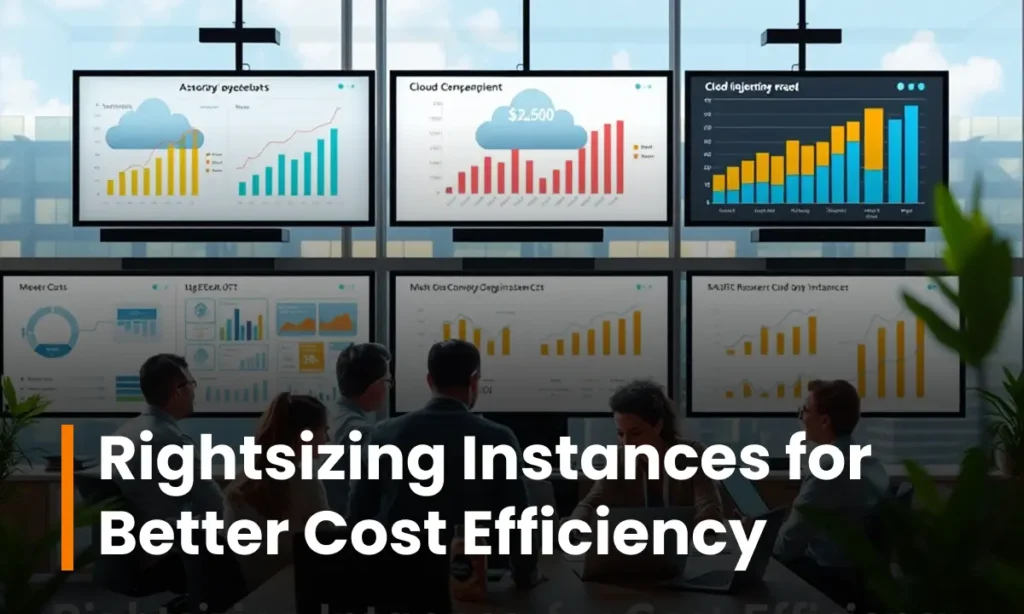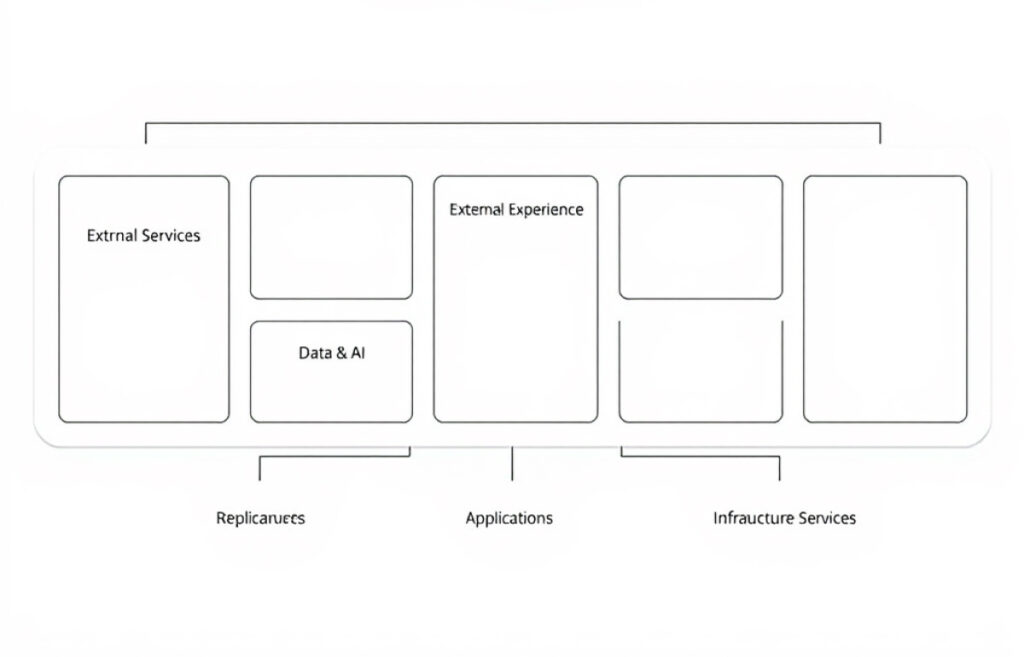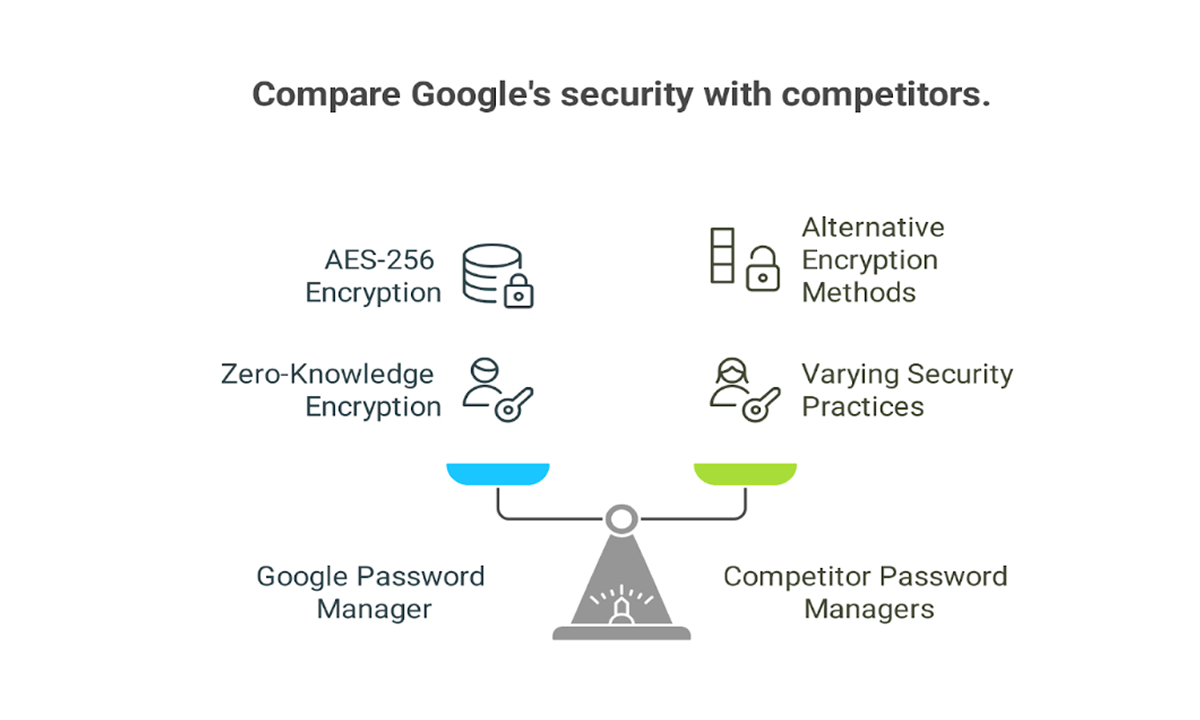Accelerate Innovation by Shifting Left FinOps, Part 3 emphasizes integrating cost management early in the development process. By focusing on cloud costs from day one, businesses can avoid unexpected budget overruns.
Key strategies include rightsizing instances, optimizing storage, and using serverless computing. It promotes collaboration between engineering, finance, and operations teams to align on cost goals. Ultimately, it enables faster innovation while keeping cloud spending under control.
“Accelerate Innovation by Shifting Left FinOps, Part 3” explores cost management in cloud computing. It focuses on early financial planning to optimize resources. This approach helps teams save money while improving performance. Shifting left in FinOps leads to smarter and faster innovation.
- What is Shifting Left FinOps?
- Rightsizing Instances for Better Cost Efficiency
- Optimizing Storage for Long-Term Cloud Sustainability
- Choosing Between Physical or Bare-Metal Server for Innovation
- Guidance for Building a Cost-Efficient Cloud Strategy
- Network Optimization to Ensure Cost-Effective Performance
- Leveraging Serverless Computing for Scalable Cloud Solutions
- Additional Considerations for Cost-Effective Cloud Scaling
- Ephemeral Resources: Balancing Flexibility and Efficiency
- Remote Connectivity for Seamless Cloud Experience
- Inter-Service Connectivity to Improve Performance and Cost
- Empowering Innovation Through FinOps
- Final Thoughts
What is Shifting Left FinOps?
Imagine a startup launching its first SaaS application. In the rush to innovate, they scale up their cloud infrastructure without monitoring expenses. Months later, they face unexpected budget overruns, leading to difficult decisions—cut features or raise prices. Shifting Left FinOps prevents such dilemmas by integrating cost awareness and resource optimization from day one.
In this article, we’ll break down how you can accelerate innovation while keeping cloud costs in check. Let’s dive in!
Rightsizing Instances for Better Cost Efficiency

One of the most effective strategies to optimize cloud resources is rightsizing instances. This process involves adjusting the size of your cloud instances to match the actual needs of your workloads, which helps avoid paying for excess capacity.
By aligning cloud resources with workload demands, teams can reduce over-provisioning and underutilization, ensuring that your cloud infrastructure is cost-efficient and scalable.
Best Practices for Rightsizing:
- Analyze resource utilization regularly.
- Use cloud cost optimization tools for better visibility into instance usage.
- Adjust instance types based on performance requirements.
Optimizing Storage for Long-Term Cloud Sustainability
Effective optimizing storage is key to reducing unnecessary cloud costs. Implementing smart storage strategies ensures data is stored efficiently while also maintaining easy access when needed.
Storage Optimization Strategies:
- Archive infrequently accessed data using object storage like AWS S3 Glacier.
- Utilize tiered storage solutions for active vs. archival data.
- Implement data deduplication to avoid redundant storage costs.
Choosing Between Physical or Bare-Metal Server for Innovation
When scaling cloud infrastructure, organizations often face the decision of whether to use physical servers or bare-metal servers for workloads that require high performance.
Physical vs. Bare-Metal Servers:
- Physical servers are often cost-effective for small-scale or isolated environments.
- Bare-metal servers offer higher performance, but they may come at a premium. Consider cloud providers like AWS EC2 or Azure for flexible instances.
Choosing the right solution depends on your workload needs and the required level of control over the infrastructure.
Guidance for Building a Cost-Efficient Cloud Strategy

Building a cloud strategy requires comprehensive guidance to ensure you’re not just scaling infrastructure but doing so in a cost-conscious way.
Key Steps in Building Cost-Efficient Cloud Strategy:
- Involve cross-functional teams for collaboration between engineering, operations, and finance.
- Continuously monitor and adjust strategies based on performance data and cost projections.
- Use cloud governance models to ensure compliance and alignment with business goals.
Network Optimization to Ensure Cost-Effective Performance
Network optimization plays a crucial role in reducing costs while maintaining performance. Efficiently managing traffic, reducing data transfer costs, and choosing the right data center locations all contribute to effective cloud spending.
Effective Network Optimization Techniques:
- Leverage content delivery networks (CDNs) to minimize latency.
- Reduce inter-region data transfer costs by keeping resources within the same geographical location.
- Optimize data routing using load balancers to distribute traffic efficiently.
Leveraging Serverless Computing for Scalable Cloud Solutions

Serverless computing enables teams to scale cloud infrastructure automatically without worrying about managing servers, resulting in reduced operational overhead and cost efficiency.
Benefits of Leveraging Serverless:
- Pay only for the actual compute time you use, minimizing costs for idle time.
- Serverless offerings like AWS Lambda and Azure Functions allow you to execute code without provisioning or managing servers.
- Scale resources automatically to match demand, optimizing resource allocation.
Additional Considerations for Cost-Effective Cloud Scaling
As you work toward building a cost-efficient cloud strategy, there are several additional considerations that can further optimize your spending while maintaining performance.
Important Considerations:
- Review cloud provider pricing models regularly for potential savings.
- Utilize multi-cloud strategies to reduce vendor lock-in and improve flexibility.
- Always evaluate the total cost of ownership (TCO) when adding new resources.
Ephemeral Resources: Balancing Flexibility and Efficiency
Ephemeral resources—temporary, short-lived infrastructure components—offer flexibility but can also introduce additional cost if not carefully managed.
Strategies for Managing Ephemeral Resources:
- Use ephemeral containers and instances for short-term, burstable workloads.
- Automate resource shutdown and scaling with orchestration tools to avoid unnecessary charges.
Remote Connectivity for Seamless Cloud Experience
In today’s distributed work environment, remote connectivity is crucial for accessing and managing cloud resources from anywhere.
Remote Connectivity Optimization:
- Implement secure VPN solutions for remote access.
- Use virtual desktops and cloud-based services to minimize the need for physical hardware.
- Ensure robust multi-factor authentication (MFA) to protect sensitive data in remote cloud environments.
Inter-Service Connectivity to Improve Performance and Cost
Optimizing inter-service connectivity ensures that your cloud services can communicate efficiently while minimizing data transfer costs and latency.
Key Inter-Service Connectivity Strategies:
- Use service meshes like Istio for managing microservices communication.
- Employ direct connect options to minimize external data transfer fees between services.
In the third part of our series on accelerating innovation with FinOps, we dive into how shifting left in financial operations can create efficiencies and unlock new possibilities.
By integrating IT expertise early in the process, businesses can streamline workflows and drive smarter decisions. Empower your business journey with IT expertise to ensure scalable solutions that fuel innovation and growth.
Empowering Innovation Through FinOps
By integrating FinOps into your cloud strategy, you empower your teams to drive innovation while keeping costs under control. It’s not just about cost-cutting—it’s about fostering a culture where cost awareness leads to smarter, more efficient decision-making.
Empower Your Teams with FinOps:
- Foster collaboration across engineering, operations, and finance teams.
- Use cloud financial management tools to track and optimize spending in real-time.
- Set clear financial goals and align them with innovation objectives to continuously improve efficiency and performance.
Final Thoughts
Shifting Left FinOps is not just about cutting costs—it’s about making smarter decisions, improving collaboration, and driving innovation without financial waste. Whether you’re a startup or an enterprise, these strategies will help you stay agile, cost-efficient, and competitive in the cloud era.




